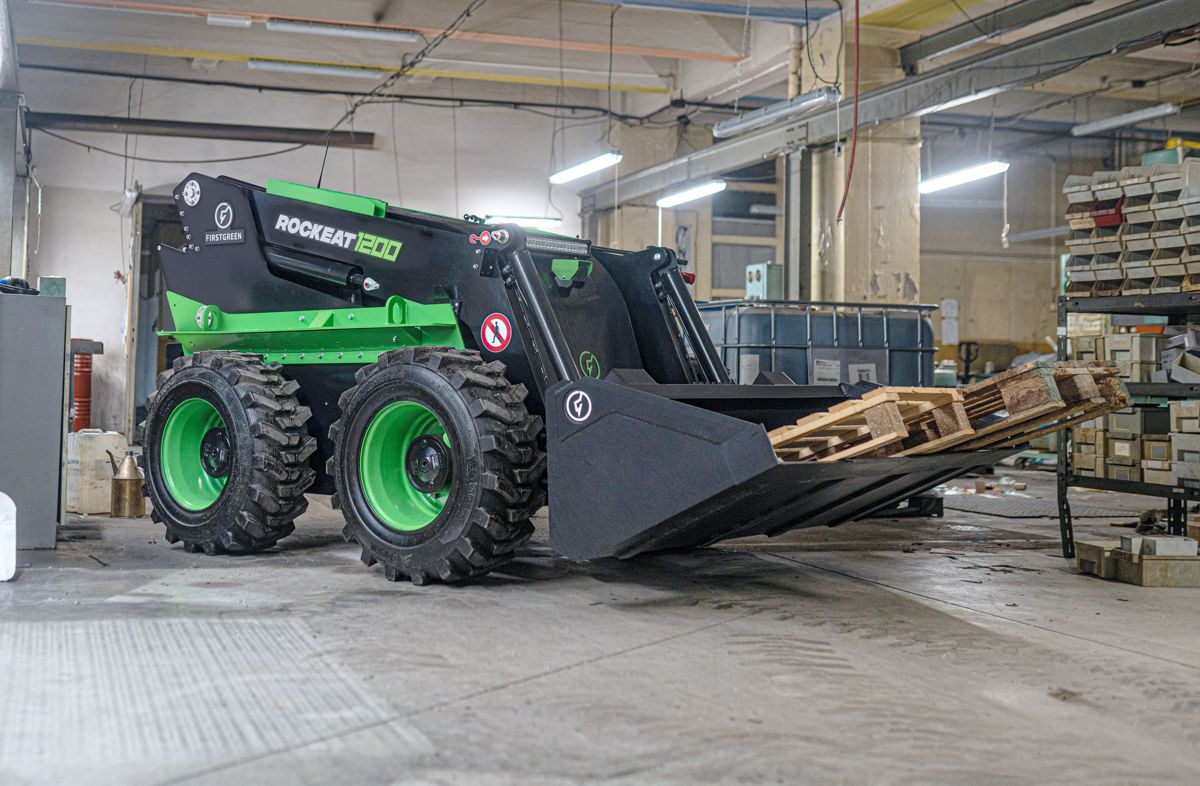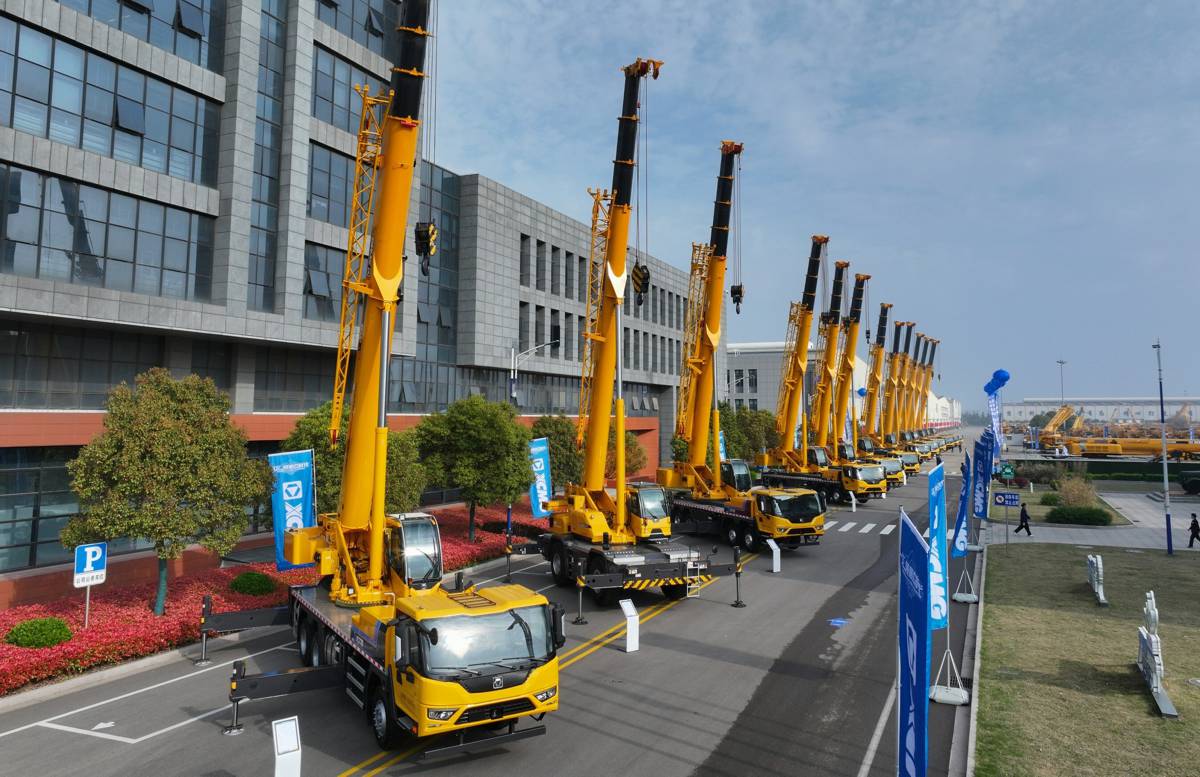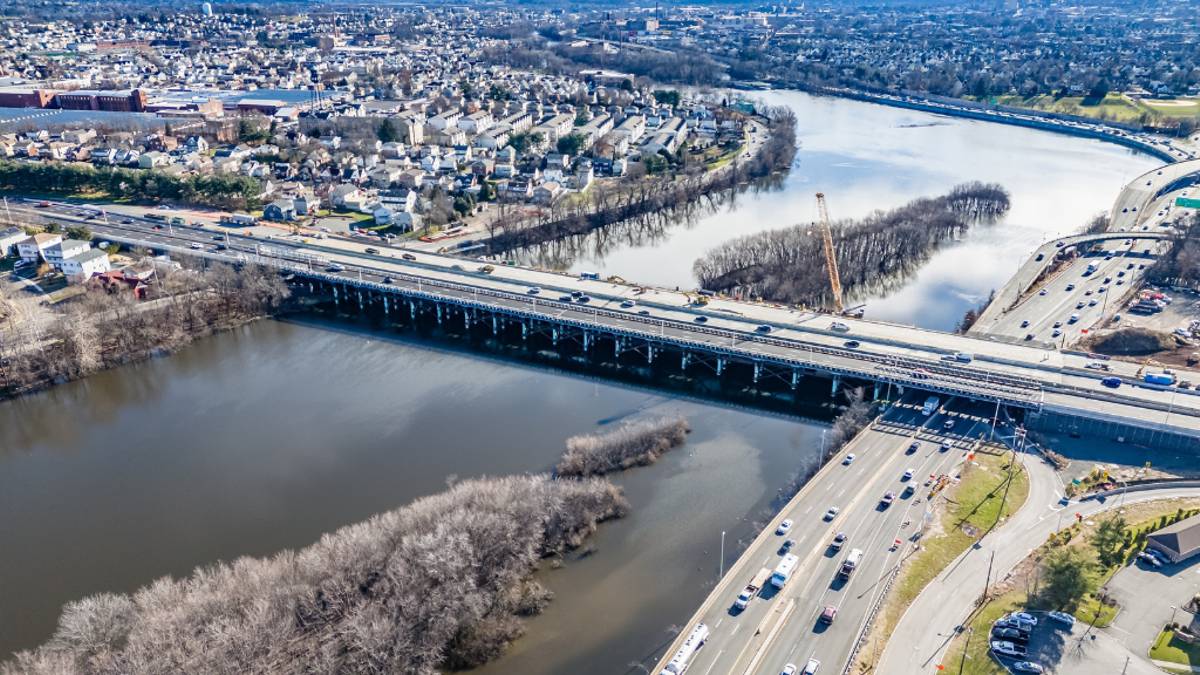Three Digital Transformation trends in the Infrastructure Industry
Years ago, the construction industry was all about man, material, and machinery. However, thanks to technological advancements, the sector is no longer what it once was.
Once upon a time, men had to rely on their strength to toil in the dirt, but the advent of power tools and machinery revolutionized the sector. Documents, contracts and blueprints that once passed through messengers are now delivered via the cloud. Buildings are not just taller and stronger, but energy efficiency is a rising trend. Advancement in technology has enabled us to boost productivity, enhance collaboration and confront complex projects.
Deloitte’s 2021 engineering and construction industry outlook survey points out that about 76% of engineering and construction executives plan to invest in digital technology this year. They believe that investments in cutting-edge technologies will help them stay a step ahead of their competitors.
Some of the latest technologies that are believed to have claimed a position within the sector and have been altering the way the industry operates are:
- Augmented Reality (AR) and Virtual Reality (VR)
- Artificial Intelligence (AI)
- Unified Endpoint Management
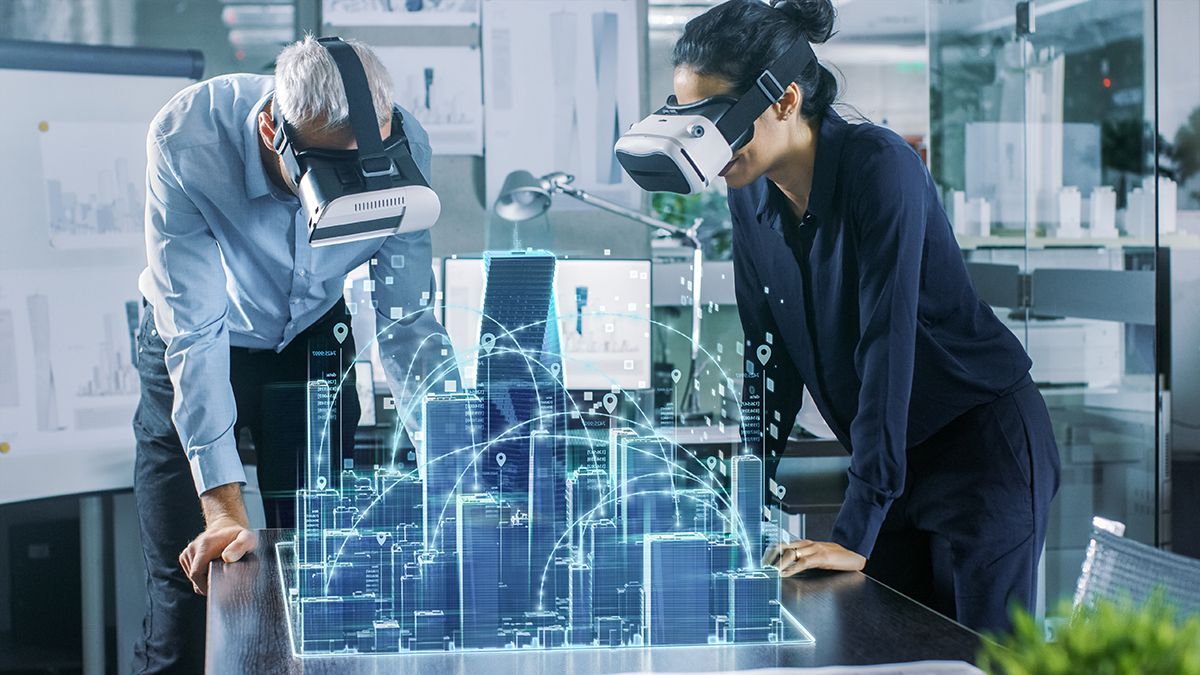
Augmented Reality and Virtual Reality
VR and AR are long-time players in the field of gaming and entertainment. However, these reality technologies have been gaining popularity in many other sectors, one of them being construction.
A virtual tour through a new facility even before laying the first stone is the very proof of the dawn of technology into construction. With Building Information Modelling (BIM) , 2D drawings transitioned to 3D drawings. VR took BIM a step further by enabling customers tour the structure way before it is erected. It also turned out to be a helping hand to architectures and engineers to identify potential problems in a structure before it becomes an issue. Over passing 3D, 4D modelling helps contractors gain insight over the entire construction procedure.
The construction industry is known for the hazards it entails. Most of the jobs involve using heavy machinery, which can be dangerous if not properly trained. In addition, the tolerance for error is low in many real-world situations. So, familiarizing the controls and operations in a safe environment would be best for workers. This is where virtual reality training simulators enter the picture. These simulators, either in the form of an array of monitors or wearing goggles, enable workers to get a feel of the equipment they will be working on. A similar simulator was created by CM Labs for New York crane operators, allowing them to become acquainted with the equipment prior to entering the field.
While many industries were forced to hibernate in the face of the pandemic, remote maintenance proved to be a lifeline for the construction industry. AR-based remote assistance enabled off-site experts to resolve issues through on-site workers. As a result, multiple site visits and socially distanced job sites were no longer a hurdle for the experts.
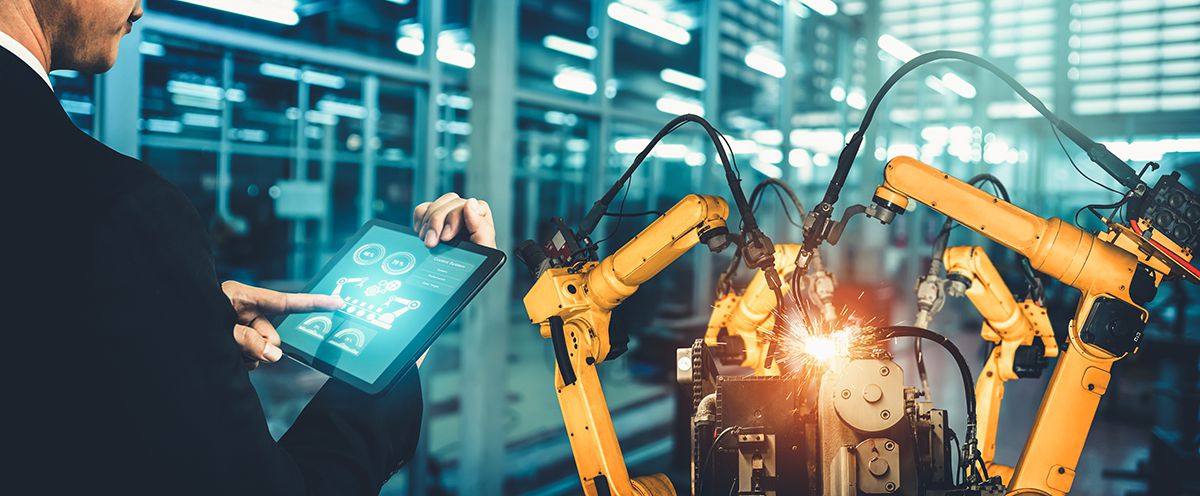
Artificial Intelligence (AI)
From optimizing work schedules to improving workplace safety to keeping a secure eye on construction facilities, the significance of AI within the construction industry is beyond doubt. With the heap of information collected over the years, construction businesses are able to predict future project outcomes and gain a competitive advantage when estimating and bidding.
AI has aided construction managers with tasks that take off way before the cornerstone is laid, such as scheduling (both on staff and material levels). Even when the finest team is assembled, it is pretty expected for megaprojects to go over budget. However, with artificial neural networks, the likelihood of cost overruns could be predicted based on project size, contract type, and project manager competence. Risk in terms of quality, safety, time, and resource is another factor AI resolves. AI and machine learning assist contractors in prioritizing these risks so that the team can focus its limited resources on the risks that stay at the top of the list.
Another feat attained in the construction industry is the use of autonomous machinery to perform repetitive tasks like excavation, pouring concrete, bricklaying and demolition, freeing up the workers for construction work alone. Spot, a dog shaped robot that assisted its owners in evaluating job progress using an attached scanner, is a perfect illustration of the breadth of AI’s application in construction. With a massive amount of data being captured through mobile devices, drones and sensors, you can be rest assured that AI will see even brighter days.

Unified Endpoint Management
The number of devices being used within construction sites has been rapidly increasing. With rugged devices being manufactured solely to meet the needs of people working in hostile environments, the need for a solution to manage these devices is becoming more apparent.
A particular construction company located in the United States faced the same question. Their search for a solution to manage the tablets deployed to their on-site personnel led them to Hexnode, a Unified Endpoint Management (UEM) Solution. Hexnode helped the company lock down devices to mandatory work apps alone and blacklisted apps and URLs that might distract employees during work hours. Additionally, the device’s location and data consumption could also be tracked. With these features, UEM solutions have carved out a niche in healthcare, logistics, finance, education, and retail, in addition to construction.
With the spread of the pandemic, managing corporate devices remotely wasn’t a hurdle as UEMs like Hexnode support over-the-air enrolment in addition to other features like security management, app management, content management, kiosk management and expense management.
Managing a fleet of devices is a task that cannot be accomplished by an IT Admin alone. This is where a UEM solution comes in handy. Before choosing a UEM, identify the needs of your corporate and choose a solution that fits you right.
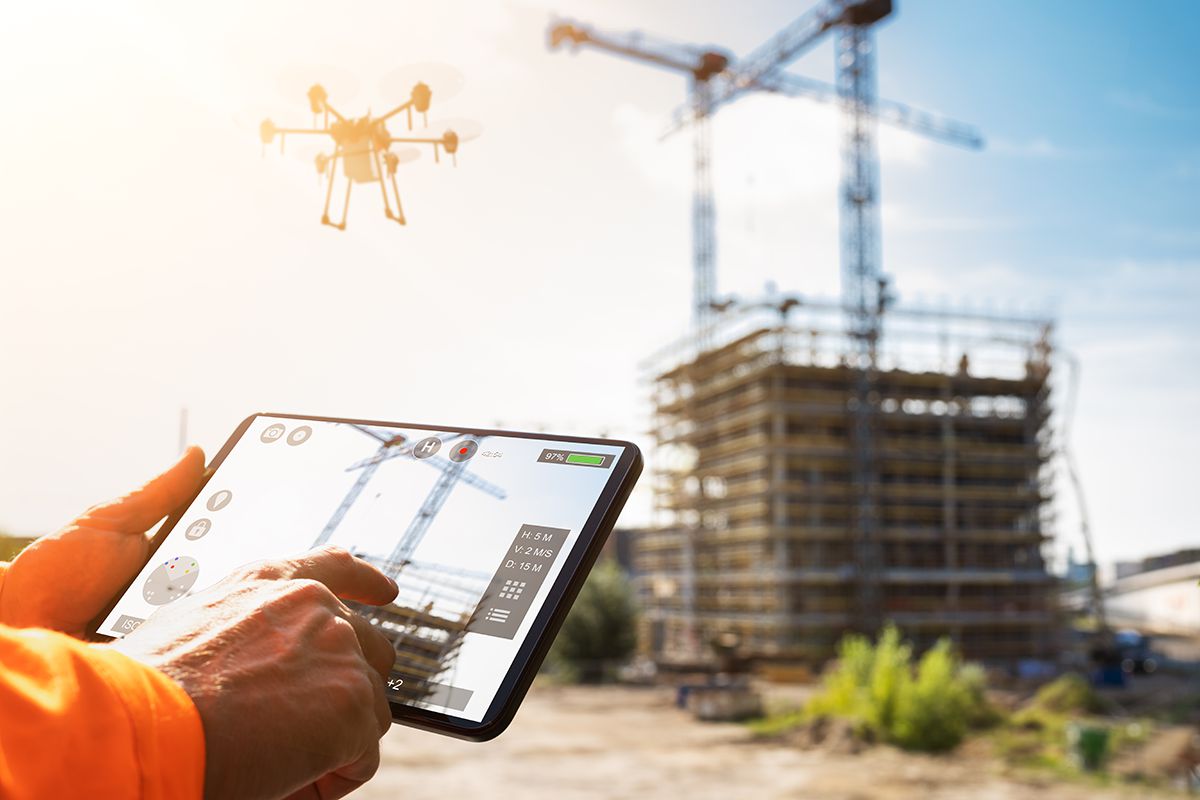
Wrapping Up
Construction industries were initially slow in the race of incorporating technology. However, for companies that did invest in technology, it proved to be a smart business decision.
While technologies like autonomous machinery improve the workforce productivity, AR, VR and UEMs promote collaboration and on-time project completion.





